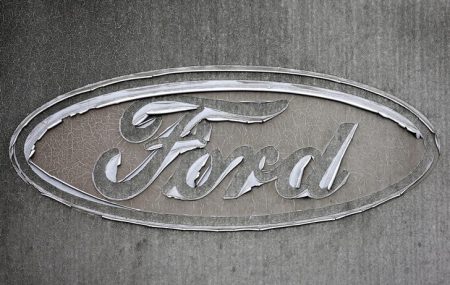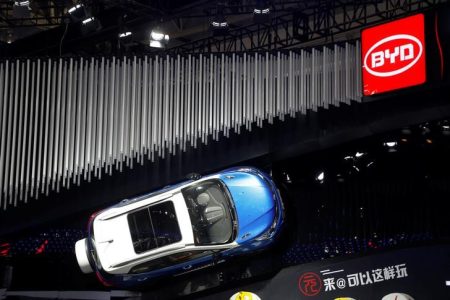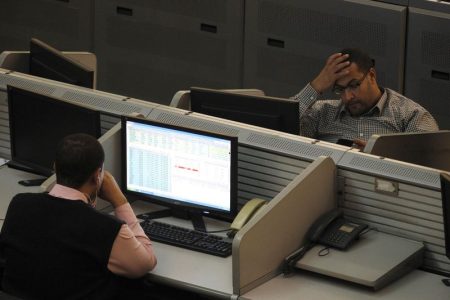© Reuters.
The US exchange-traded fund (ETF) market is undergoing a significant shift, with investors showing a clear preference for either low-cost or actively managed funds. According to State Street (NYSE:) Global Advisors, October witnessed a stark contrast in investor behavior. Middle-market ETFs experienced $4 billion in outflows, while their more affordable and active counterparts drew in $39 billion combined.
Since 2017, low-cost passive funds have dominated the US market, securing on average 62% of the inflows. This year, they maintain a similar grip on the market with 61%. However, there’s been a notable rise in the popularity of active funds, which now account for 28% of the inflows. Matthew Bartolini from State Street Global Advisors points out that investors are becoming more price-conscious while also embracing active management due to a broader selection of options with proven track records.
Innovative offerings like JEPI are changing perceptions of what an actively managed fund can be by focusing on modifying risk factors. Elisabeth Kashner at FactSet acknowledges the ongoing demand for cost-efficient core investments such as VOO and IVV. She also highlights the surprising interest in TLT despite its underperformance and higher expense ratio of 15 basis points. Meanwhile, Vanguard Total Bond Market ETF (BND) remains a staple in investment strategies thanks to its competitive pricing.
Active funds JEPI and JEPQ are at the forefront of this year’s inflows, having attracted a staggering $88 billion. Despite the prevailing trend towards cost consciousness or active management, some investors are still attracted to higher-fee options like Invesco’s Equal Weight ETF (RSP) and Ark Innovation ETF (ARKK), indicating that they see value beyond just expense ratios.
Bartolini suggests that mid-tier priced passive funds could see a comeback due to diversification in equity markets and seasonal investment activities such as tax-loss harvesting and potential end-of-year rallies.
This article was generated with the support of AI and reviewed by an editor. For more information see our T&C.
Read the full article here















